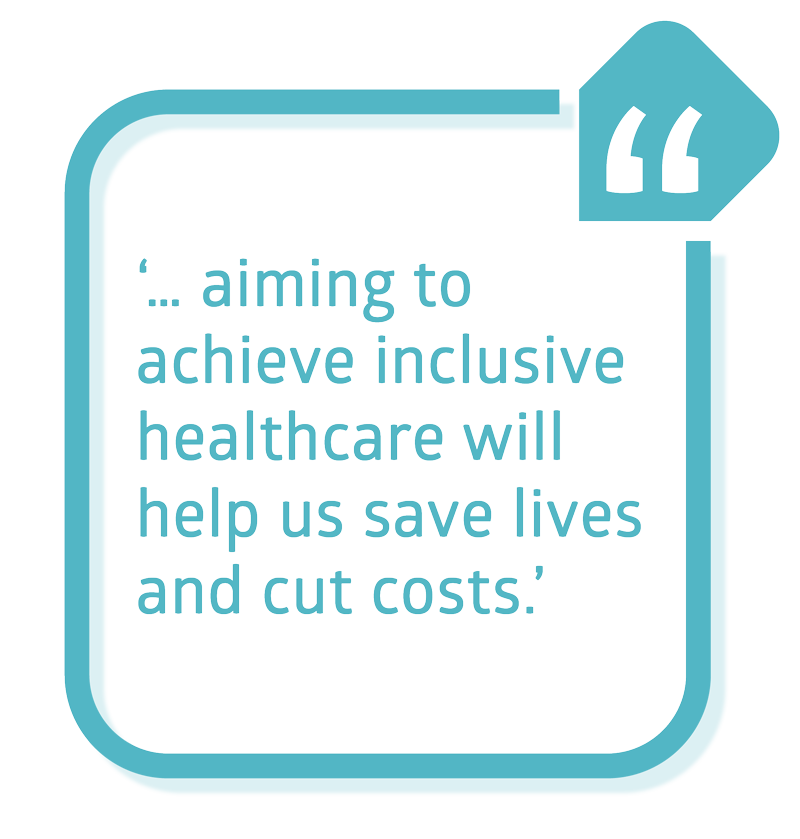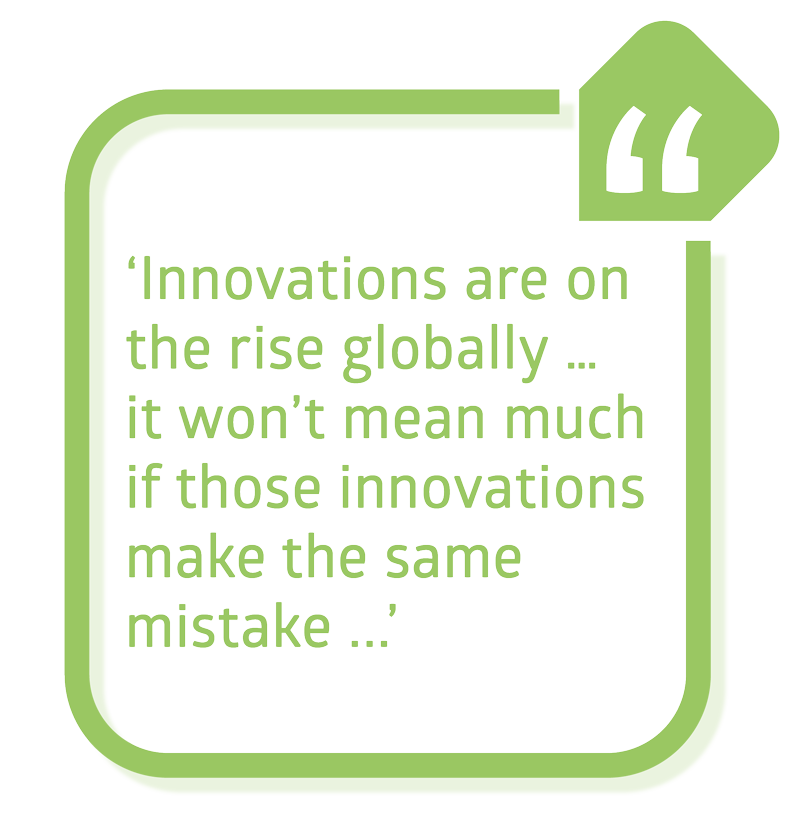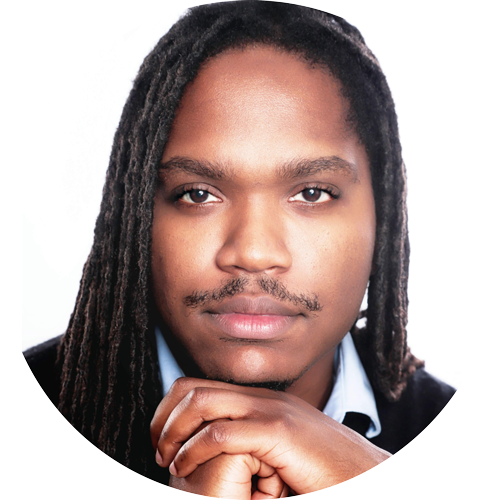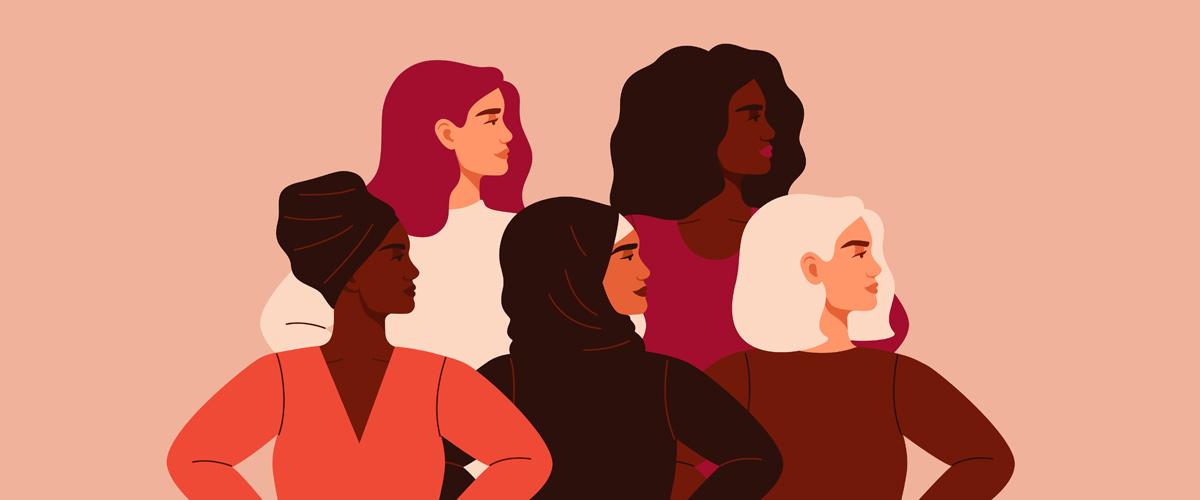Have you heard about World Day for Cultural Diversity for Dialogue and Development (WDCDDD)? Whether your response is yes or no, here’s a quick summary.
Back in 2002, the United Nations Educational, Scientific and Cultural Organization (UNESCO) recognised an important link between culture and all it entails, including language and norms. This is in addition to the ever-topical process of development. The idea is that, if we don’t close the gaps between different cultures, and if cultural diversity isn’t factored into building our societies, true sustainable development is not achievable. In this sense, development is about having societies with fully realised (healthy all-round) individuals, whose differences are equally valued and represented.
Based on that understanding, in this blog, I want to discuss the importance of diversity to the achievement of an inclusive healthcare system. I believe this is the ideal healthcare system.
21 MAY


WORLD DAY FOR CULTURAL DIVERSITY FOR DIALOGUE AND DEVELOPMENT


What does inclusion mean in healthcare?
Healthcare should be accessible for everyone—regardless of origins, what we look like and our station in life. This equal access also means ensuring fairness in medical device design and the way medical technologies work for, engage with and integrate the range of needs of possible patients/users.
Here are five things I believe the international medical devices technology industry could consider in order to contribute [more] to the development of inclusive and diverse healthcare.
1. The push for representation that is more inclusive
Diversifying the few voices that make decisions for the many is a basic yet impactful first step. This helps ensure social systems serve everyone in a way that recognises the subtle differences amongst people.
When the ‘powers that be’ have recognised the differences between people of different groups, they can take steps to extend the visual communication around offerings—devices or services. Labelling, packaging, advertising, animated or live-action videography and printed informative material should all serve to engage a diverse user group of both caregivers and patients.


2. Understand the power of shared information
This links logically to the importance of diverse decision-making. Increasingly, artificial intelligence systems are being applied to medical device creation, conceptualisation and production. Simply put, if inaccurate data related to people of colour is fed into these expansive systems, there is a high risk of devices working differently (or possibly adversely) for/on different people.
3. Identifying, critiquing and seeking to solve systemic biases
In recent years, healthcare researchers have been sharing findings on what is best described as systemic biases in the industry. For example:
- Oximeters, which are designed to pick up the early signs of lowering oxygen levels in COVID-19 patients, have been found to work less efficiently in patients with black or brown skin.
- Some standard respirator or filtering face piece (FFP) masks, a mainstay in healthcare environments—now crucial to global populations during the current pandemic—reportedly have a 40 to 90% fit rate amongst women and Asian healthcare workers. In addition, research also suggests required (but often inconsistent) medical device testing for fit and effectiveness are largely focused on white or single ethnic populations.
- Spirometers, for measuring lung capacity, are affected by reported racial biases in the interpretation of data that these devices produce. Black or Asian people, for example, are inaccurately believed to have lower lung capacities than white people. The lung capacity of white people then becomes the standard indication for how healthcare staff prioritise who gets treated first (i.e. based on the perceived severity, as calculated after race-based correction).
4. Link individual inequities to the bigger picture
Innovations are on the rise globally, and this is a good thing. However, it won’t mean much if those innovations make the same mistake of ignoring the needs and uniqueness of minority groups. Different groups have different body characteristics, which inform risk factors and their response to treatments and methods of treatment (medical technologies). If something as simple as an illustration of the anatomy of a black foetus can show us the value of not depicting everything through the lens of white bodies—imagine what we could achieve with diversifying complex devices that deal with serious issues?


5. Take a ‘people first’ approach
WDCDDD highlights the importance of humanity and valuing differences as presented from person to person and culture to culture. This message is key to achieving inclusive healthcare, which is sustainable healthcare. It is true that in many parts of the world, healthcare costs are on the rise. However, healthcare, like many other aspects of society, exists in a sensitive cycle. That means costs are likely to go up for individuals, institutions and countries if healthcare delivery doesn’t go as planned. It is reasonable, therefore, that aiming to achieve inclusive healthcare will help us save lives and cut costs.
I hope I’ve left you with something to think about because, despite all we’ve achieved, our work continues!


Yohan Lee
English Copy Editor and Copy Writer, Medline Europe
Yohan is a Jamaican expat based in the Netherlands. Writing is ‘One Love’ that he explores through general business copywriting, and poetry. His educational background is in journalism, gender and development, and media and globalisation. Learn more on LinkedIn.








